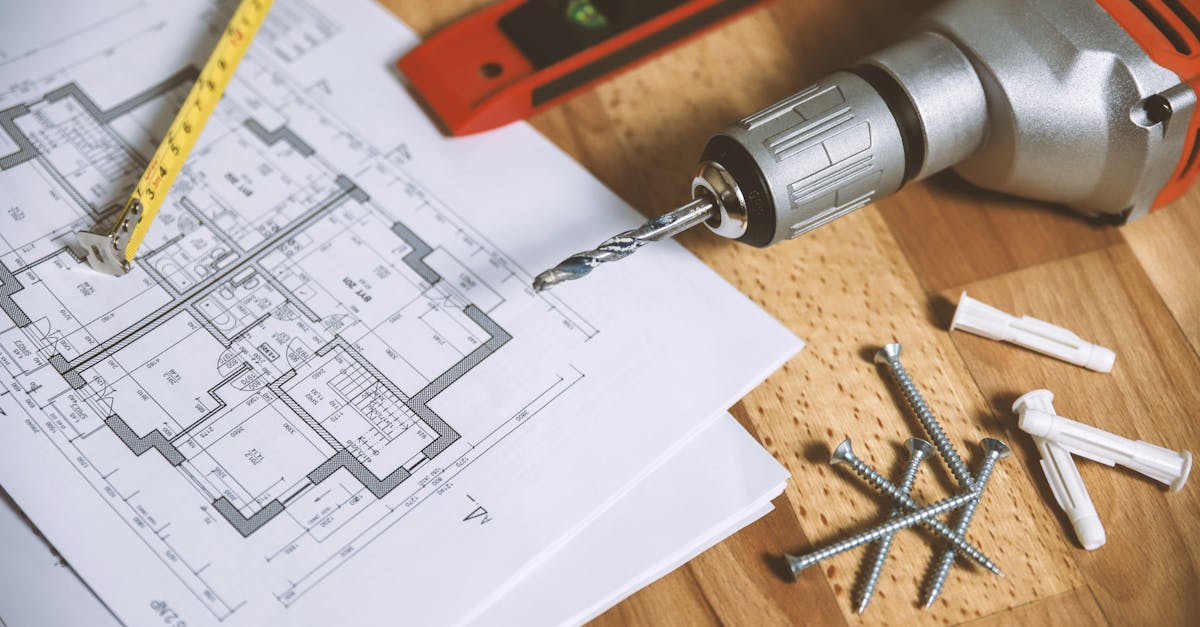Have you ever tried DIY soundproofing only to find out it didn’t work as expected? You want a peaceful space, free from the constant chatter outside or the neighbor’s loud music. But sometimes, even with the best intentions, efforts to reduce noise seem to hit a wall. Understanding the common pitfalls in home soundproofing can help you create the quiet escape you crave.
Choosing the right soundproofing materials and applying effective noise reduction techniques can make all the difference. Maybe you’ve heard about using acoustic insulation or DIY acoustic panels, but without the right approach, these might not deliver. Soundproof windows and doors need more than just a basic setup to truly block out noise. Learning to use tools like acoustic sealants or double drywall smartly can transform your home into a peaceful oasis.
Ready to discover where many DIY enthusiasts go wrong and how you can avoid those mistakes? Dive into a world of sound absorbing solutions that work, and reclaim your serene space today!

Photo provided by simone benso on Pexels
Inside the article
Common Mistakes with DIY Soundproofing
Choosing the Wrong Soundproofing Materials
One big mistake is picking the wrong materials for your soundproofing walls projects. You might think any thick material will do the trick, but that’s not true. You must understand your home soundproofing needs first. Different types of noise need different materials. So, don’t grab the first thing you see. Take some time to research and choose what’s best for your space.
Ignoring Acoustic Insulation
Ignoring acoustic insulation is another common error. This type of insulation is key for reducing unwanted noise. It works by blocking sound from entering or leaving a room. Without it, noise can easily pass through walls and floors. If you skip out on using acoustic insulation, you might not get the results you want from your DIY soundproofing. So, remember to use it to make sure your project is a success.

Photo provided by JESHOOTS.com on Pexels
Effective Noise Reduction Techniques
DIY Acoustic Panels Benefits
DIY acoustic panels can be a game-changer. They are easy to make and install, which makes them a popular choice. These panels work by absorbing sound, helping to quiet a noisy room. You can use simple materials like wood frames and foam to create them. So, if you’re looking for a straightforward way to improve sound quality, consider making your own acoustic panels.
Soundproofing Windows and Doors
Another smart move is tackling the windows and doors in your space. These spots often let in a lot of noise. Use seals or weather stripping to seal gaps effectively to reduce noise pollution. It’s a simple yet effective way to lower the sounds coming into your home. Don’t skip this step if you want to see noticeable improvement.

Photo provided by Mikhail Nilov on Pexels
Soundproofing Tips for Better Results
Layering for DIY Soundproofing Success
Layering materials is a key strategy for soundproofing success. Multiple layers enhance noise control, creating a better barrier against sound. Think of it as putting on multiple blankets to stay warm. The more layers, the less noise gets through. So, when you’re working on your project, consider adding layers for maximum benefit.
Regular Assessment and Adjustments
Finally, don’t forget to check on your setup regularly. Soundproofing is not a one-and-done job. You need to check and tweak setup periodically to make sure it’s working well. Sometimes small adjustments can make a big difference. So, keep an eye on how things are, and be ready to make changes as needed to keep things quiet.
Wrap-Up and Next Steps
Successfully reducing unwanted noise in your home is possible when you choose effective methods. By understanding the pitfalls of doing it yourself, you can avoid common mistakes and use the right materials for better results. Whether it’s picking high-quality acoustic insulation or investing in soundproof panels, smart choices lead to a quieter and more peaceful home.
Now, it’s time to take action. Start by assessing the key areas in your home where noise is most disruptive. Choose one simple project, like sealing gaps around doors or windows. You can also explore adding extra layers of drywall to walls for significant noise reduction. A small change can make a big difference.
Don’t wait to enjoy a quieter home. Begin your soundproofing journey today with these straightforward steps. Quietness and calm can be yours with just a bit of effort.
